Tour of California finalizes route, teams for 2014
Bissell, Jelly Belly, Optum and Jamis represent Continental ranks
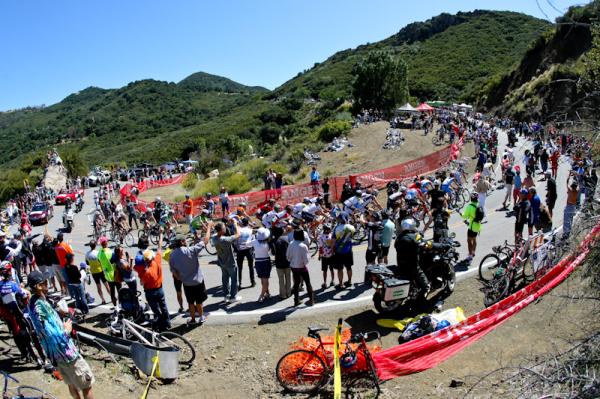
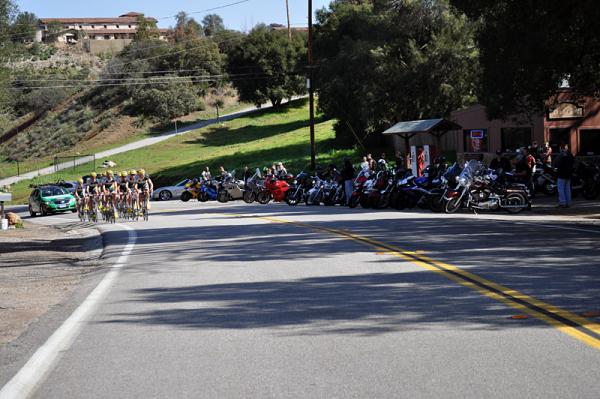
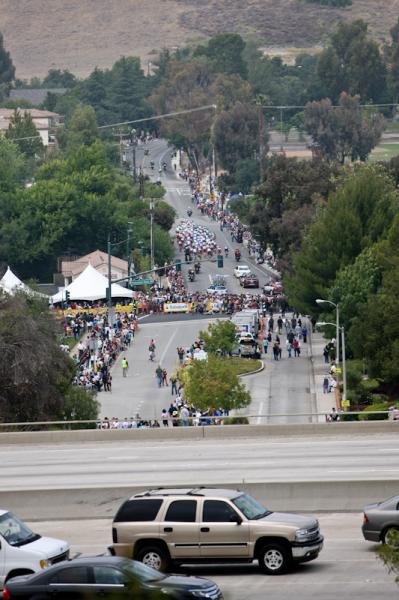
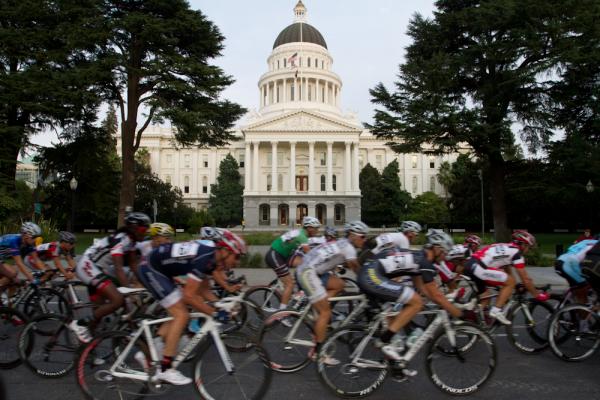
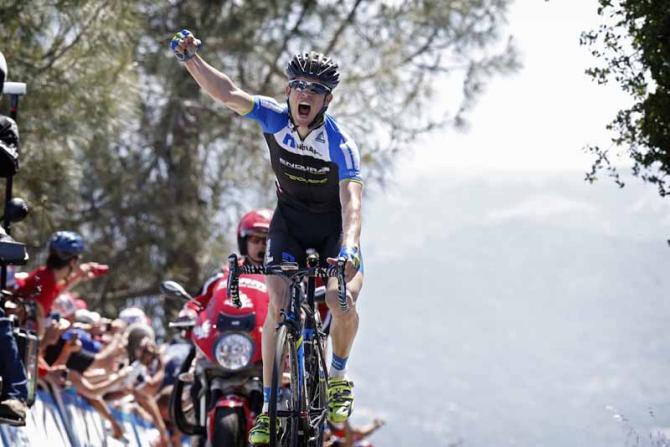
AEG, the organisers of the Tour of California, today announced the final details of the 2014 race route, which begins in Sacramento on May 11 and ends in Thousand Oaks, the home of the title sponsor Amgen, on May 18, and the rest of the 16 teams which will comprise the field.
In addition to previously announced WorldTour teams BMC, Belkin, Cannondale, Giant-Shimano, Garmin Sharp, Trek Factory Racing, Omega Pharma-QuickStep, Orica-GreenEdge and Team Sky, the domestic Pro Continental teams UnitedHealthcare and Team Novo Nordisk as well as the German Team NetApp-Endura will take part.
The Continental ranks will be composed of the Optum p/b Kelly Benefit Strategies team, Jamis-Hagens Berman p/b Sutter Home, the Jelly Belly team of US Pro champion Fred Rodriguez and the Bissell Development Team.
NetApp-Endura's Leopold Konig won the queen stage atop Mt. Diablo last year, and is looking forward to revisiting the summit when stage 3 finishes there.
"The team loves to race in California," Konig said. "We all look forward to the Amgen Tour of California because it has beautiful scenery, it's warm and also incredibly competitive. We performed really well last year, and I'm definitely hoping to repeat the stage win at the top of Mount Diablo. That was an incredible moment last year."
Race director Kristin Bachochin was pleased to announce the full field of teams. "With more UCI ProTeams in the line-up than ever before and the strongest field of Pro Continental and Continental teams we have ever invited, the field this year is shaping up to be our most competitive ever," Bachochin said. "Our commitment to the fans and the competitors remains focused on fielding an exciting race for the top teams in the sport, as well as creating a climate for dynamic domestic teams to compete on an international platform and challenge the brightest talent in the world."
AEG also announced the full route for the 2014 event, beginning with a stage that starts and ends in the state capitol, Sacramento. The route heads out of the city north to Lincoln and Auburn for intermediate sprints, then plunges down to the American River before ascending to the first KOM of the race, which will surely be a hotly contested sprint. The stage concludes with a high-speed circuit around the Capitol.
Get The Leadout Newsletter
The latest race content, interviews, features, reviews and expert buying guides, direct to your inbox!
Stage 2 will be a flat 12.5-mile time trial in Folsom, much earlier than normal for the race, and less than half the distance of previous years' tests. It is followed the next day by the 110-mile stage from San Jose to Mt. Diablo State Park, the queen stage and the first summit finish of the race.
"Every year we look to incorporate new destinations, as well as vary technical aspects of the race," Bachochin explained. "With the time trial on day two, followed by the most difficult course the next day, we've set the stage for thrills early in the race. There are no easy days, and teams will have to be strategic about when to take the lead and how to protect their positions through the rest of the week, so we'll see some really exciting racing to the end."
Stages 4 and 5 should suit the sprinters. The 105-mile route from Monterey to Cambria heads down the scenic Pacific Coast Highway includes one sprint and three minor KOMs, while stage 5 from Pismo Beach to Santa Barbara includes the San Marcos pass, but a fast, steep descent to the finish.
The climbers will get to shine again on stages 6 and 7. Stage 6 begins in familiar territory, in Santa Clarita, and riders must climb up from Bouquet Valley, and then finish on the Big Pine Road climb, previously used in last year's Palmdale-Big Bear stage. The summit finish concludes at the remote Mountain High ski resort at the end of 97 punishing miles. Stage 7 also begins in Santa Clarita, but this time heads through the mountainous Angeles National Forest, passing the Mount Wilson Observatory before plunging into Pasadena for three finishing circuits.
If the race leader thought his work was done after this stage, he would be sorely mistaken, because the finale in Thousand Oaks is no parade route. It uses the same circuit as the final stage of 2010's race, where a large portion of the field failed to make the time cut. Taking in the Rock Store climb on Mulholland Drive in each of the four 21-mile loops, and with a fast, technical descent to the finish, the leader will want to have a double-digit buffer to protect the yellow jersey on what is sure to be an aggressive final stage of racing.